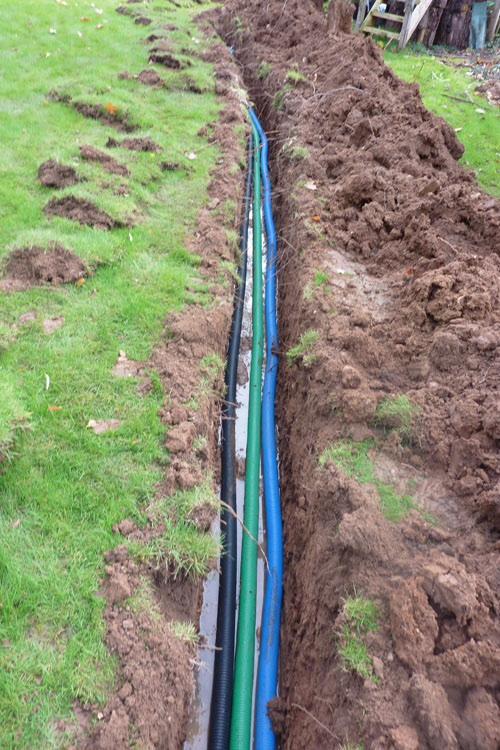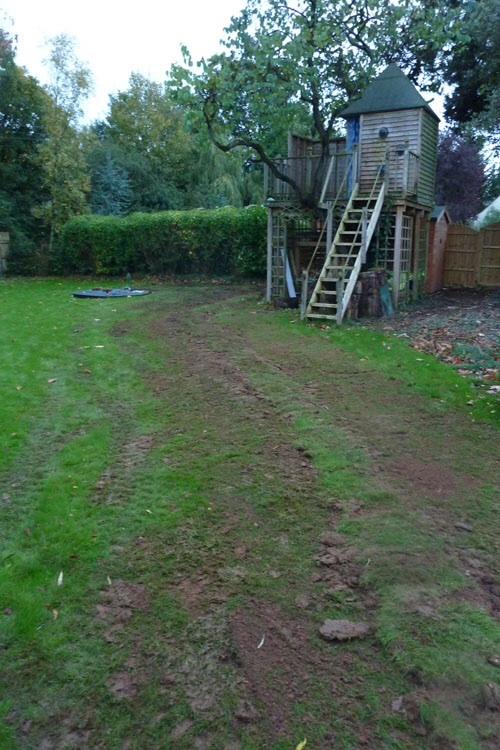Hi,
My sheds are 80 meters away from my house.
Ive got an outside plug fitted so could I just dig a trench (450mm deep) plug the one end into the outside socket and then get a socket for the other end? What size armoured cable would be best? Im thinking 6mm 3 core as I would only run like a 2hp compressor and few 5w lights.
Thanks
My sheds are 80 meters away from my house.
Ive got an outside plug fitted so could I just dig a trench (450mm deep) plug the one end into the outside socket and then get a socket for the other end? What size armoured cable would be best? Im thinking 6mm 3 core as I would only run like a 2hp compressor and few 5w lights.
Thanks



